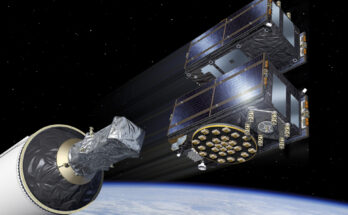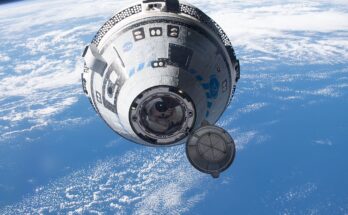
NASA’s Mars Sample Return program is looking for fresh ideas to bring precious Martian samples home, opening up opportunities for commercial space companies to join the challenge.
“Mars Sample Return will be one of the most complex missions NASA has ever undertaken. The bottom line is, an $11 billion budget is too expensive, and a 2040 return date is too far away,” said NASA Administrator Bill Nelson. With that being said, what will the future be for the samples procured by NASA’s Perseverance Rover?
The idea is simple enough, Perseverance would take samples from the Martian surface to be returned by a separate mission at a later date. The Mars Sample Return (MSR) mission currently appears to be in doubt, at least from NASA’s perspective. The mission’s goal might be simple but the mission itself would be very complex and most of all; costly. As with many aspects of the current Space market, Governments and Agencies are now looking to commercial providers to fulfill capability requirements. Why not look to the commercial sphere to help with MSR?
Companies, such as Intuitive Machines, SpaceIL, ispace and Astrobotic, have sent missions to the lunar surface. Although no successes, it does show that the will and desire exist in the commercial world to perhaps expand to Mars missions. According to SpaceNews, MSR will not be a competed mission such as Discovery and New Frontiers missions, “We would not be doing it in the New Frontiers model,” Nicola Fox, NASA’s associate administrator for science, said at the briefing of the revised approach to MSR. “At this point, we are looking for different ways to do the architecture. We will evaluate that and then chart a path forward following the receipt of those different studies.”
However the samples are returned, NASA does not seem satisfied with 2040 as a mission date. Reaching out to commercial providers may bring the mission closer to 2030. Returning samples from Mars would be a monumental achievement, whether commercial enterprises help with that remains to be seen.
Carter Palmer has long held a keen interest in military matters and aviation. As a FI's space systems analyst he is responsible for updating the reports and analyses within the Space Systems Forecast – Launch Vehicles & Manned Platforms and Space Systems Forecast – Satellites & Spacecraft products.




